# Global Aging Trends: Understanding Health and Longevity
Written on
Chapter 1: Aging and Health Insights
Recent graphics illustrate the significant changes in global aging, highlighting which nations are experiencing healthier aging trends. According to the World Health Organization, by 2050, the elderly population is projected to double compared to current figures, as people live longer and a greater portion of the population reaches retirement age. However, standard measures of longevity often overlook the quality of life during these extended years.
A novel study took a unique perspective on aging, health, and mortality, investigating the age at which individuals in different countries feel akin to a typical 65-year-old, based on the health issues commonly faced at that age globally.
This paragraph will result in an indented block of text, typically used for quoting other text.
Section 1.1: Study Overview
The research analyzed 92 diseases and conditions across 195 nations and territories. The findings offer valuable insights into both longevity and health status, shedding light on how well individuals age, as reported in the journal Lancet Public Health this month.
Dr. Angela Y. Chang, the lead author from the Center for Health Trends and Forecasts at the University of Washington, stated, “The results indicate that an increase in life expectancy for older populations can either benefit or jeopardize the overall welfare of societies, depending on the health challenges associated with aging, irrespective of chronological age.”
“Health issues related to aging can result in early retirement, a diminished workforce, and increased healthcare costs,” Chang added. “It is crucial for government officials and other stakeholders in health systems to recognize when individuals start experiencing the adverse effects of aging.”
Subsection 1.1.1: Longevity Statistics
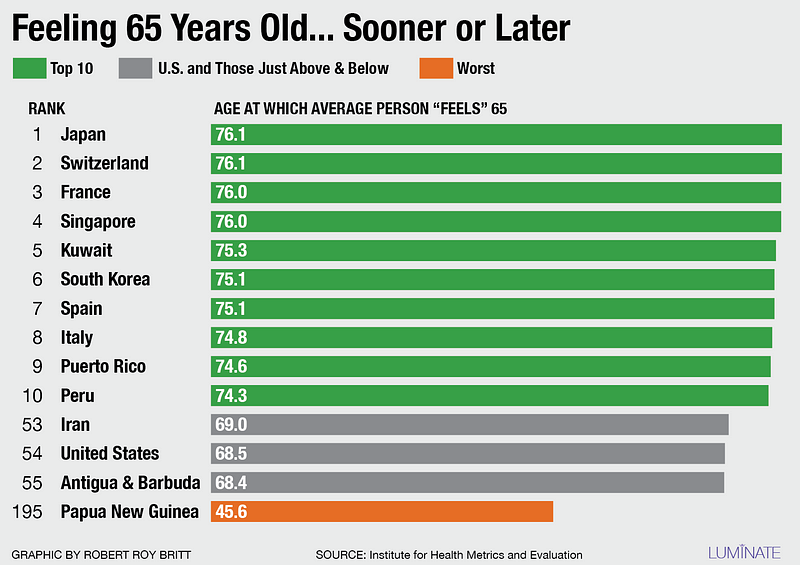
From 2005 to 2015, global life expectancy at birth rose from 65 years for men and 69 years for women to 69 years for men and 73 years for women, as reported by the United Nations.
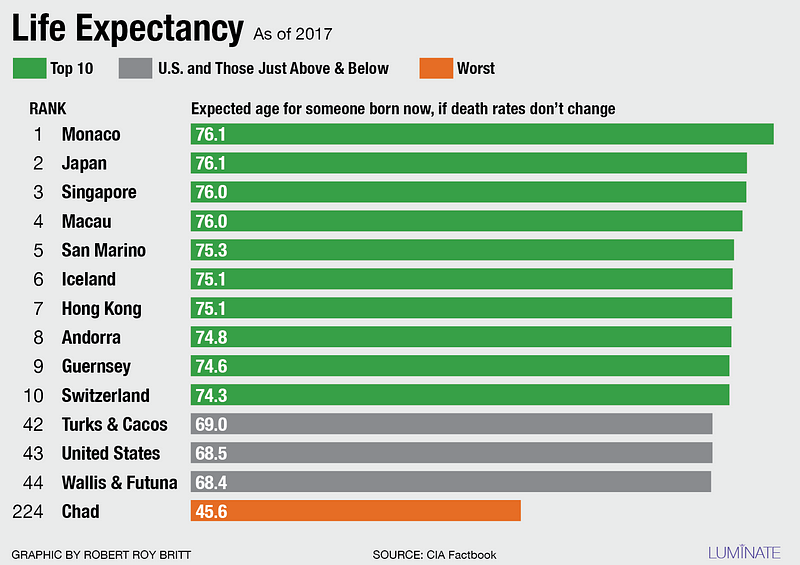
Interestingly, while life expectancy gains have plateaued in the United States recently, Africa has seen the most significant improvements over the last few decades. Nonetheless, notable regional disparities still exist.
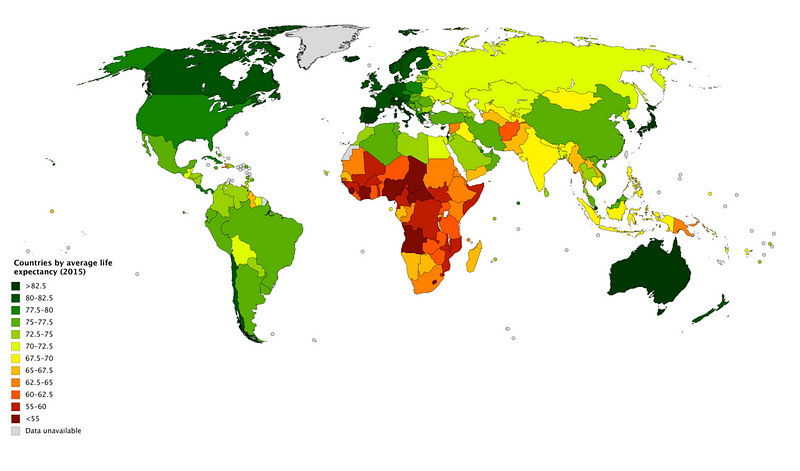
Section 1.2: The Future of Aging
As we look to the future, the number of elderly individuals is expected to rise dramatically:

The transformation will be especially pronounced among the oldest segments of the population:
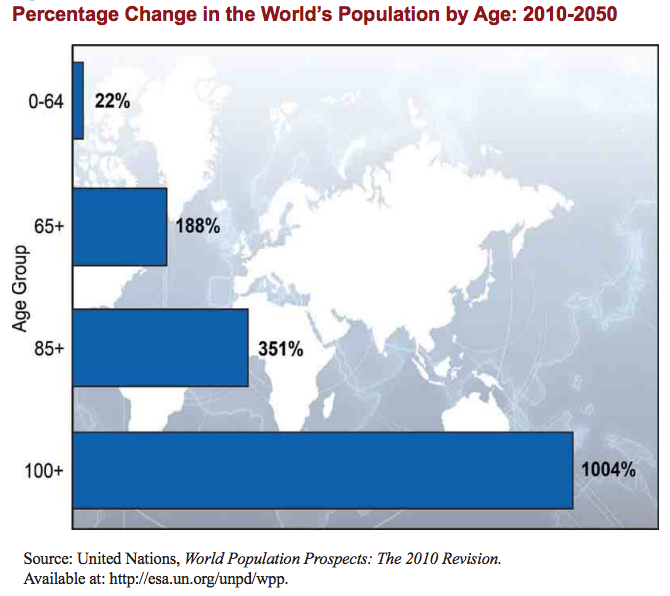
However, the reality of longer life does not always equate to a better quality of life. The challenge lies in achieving longer and healthier living. Without significant advancements in healthcare, an increase in the elderly population may lead to heightened instances of mental health issues and physical ailments, placing immense pressure on societal systems.
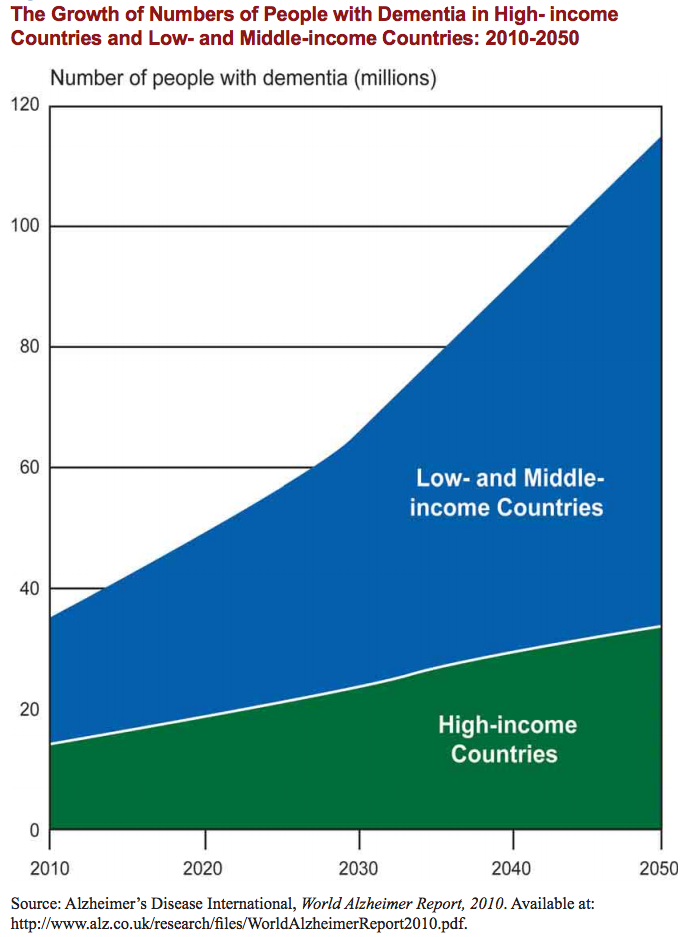
Chapter 2: Enhancing Longevity and Well-Being
So, aside from inheriting good genes, what steps can individuals take to increase their chances of living a longer and healthier life, potentially leading to greater happiness? The evidence is clear: Maintain a balanced diet, ensure adequate sleep, engage in regular physical activity, challenge your mind with stimulating tasks, and, crucially—especially as you age—foster and maintain strong social connections to combat loneliness. Alternatively, moving to Japan might be a viable option.
Happiness Survey
Please assist me in understanding the factors behind happiness (or unhappiness) in individuals. This survey is completely anonymous.
Chapter 3: Exploring Video Insights
This video titled "The Large Transmitter Facility - Fallout 76 (#65)" provides a fascinating look into the game's expansive world and its representation of aging themes.
The video "Fallout 76 - Building The New T-65 Power Armor" dives into the intricacies of character development and longevity within the gameplay context.